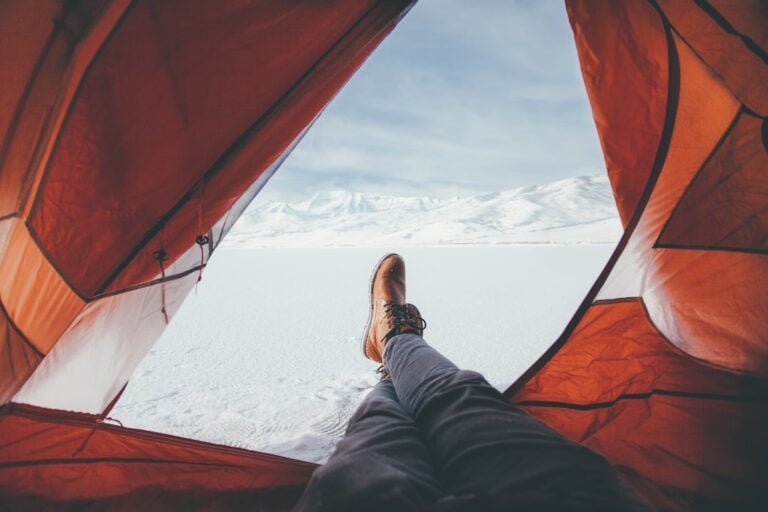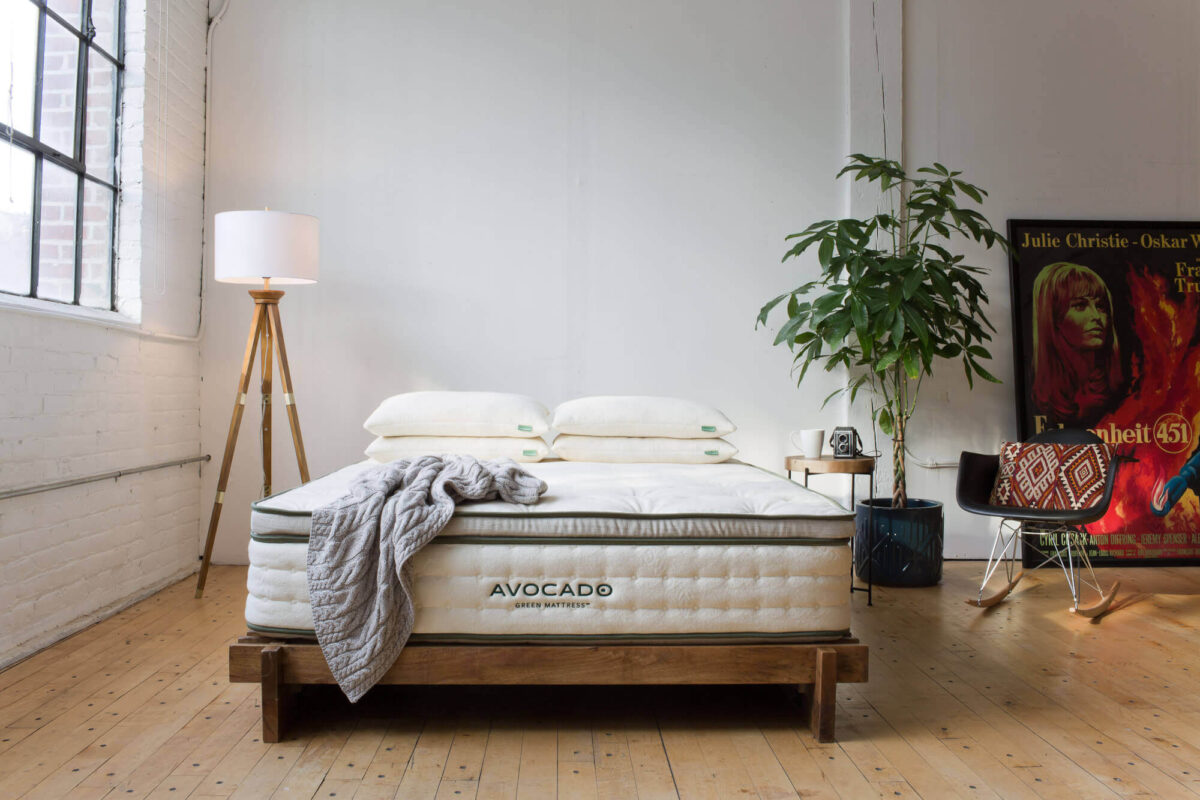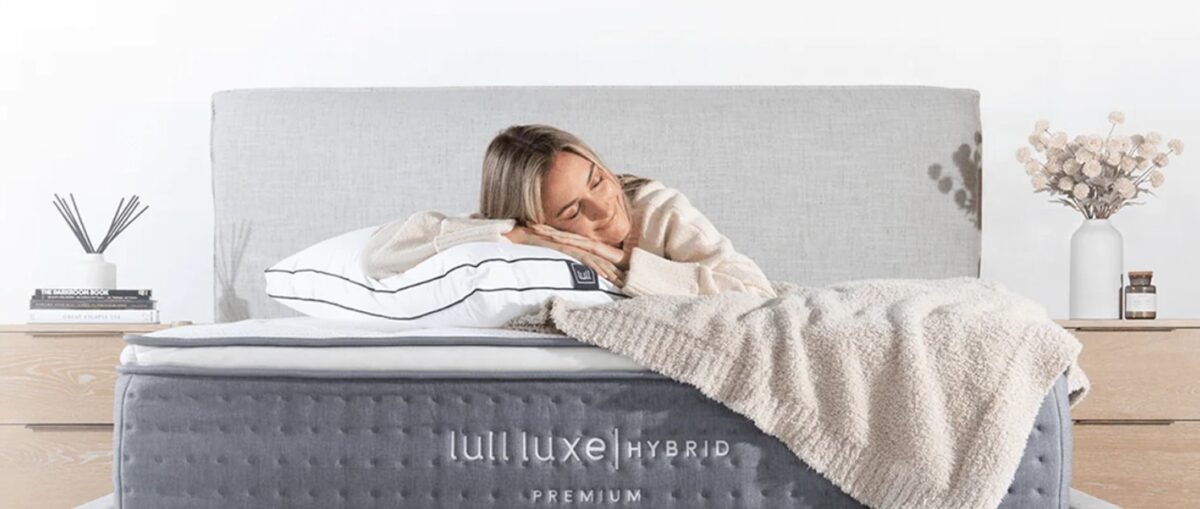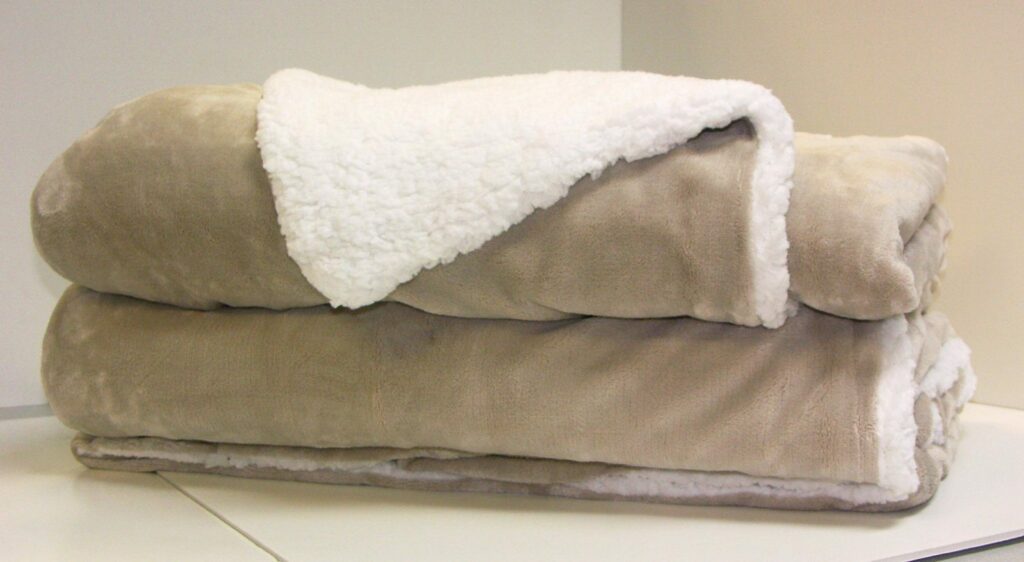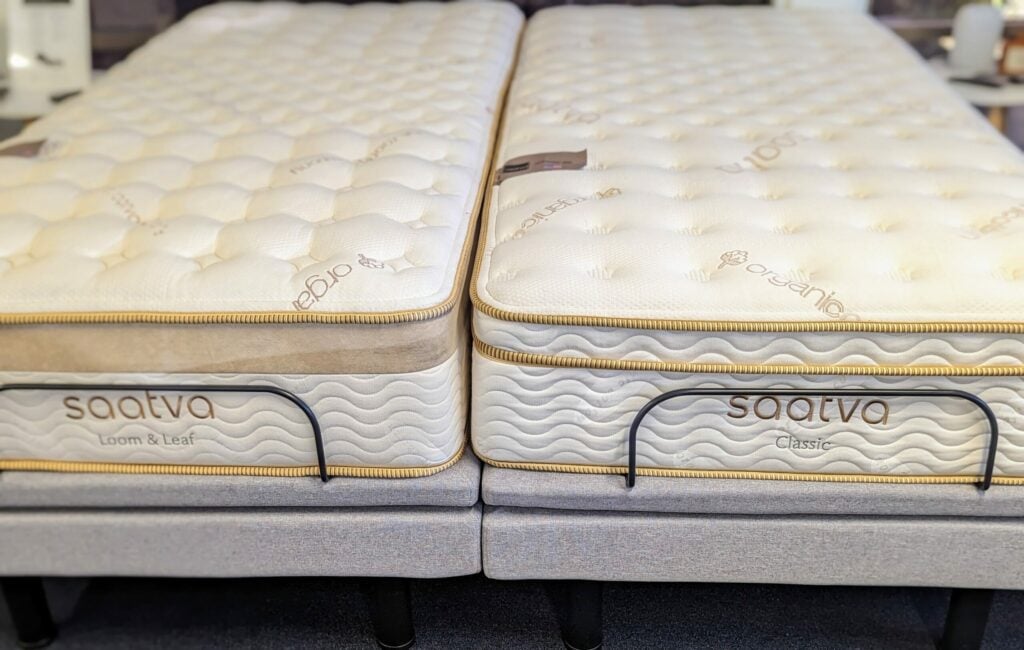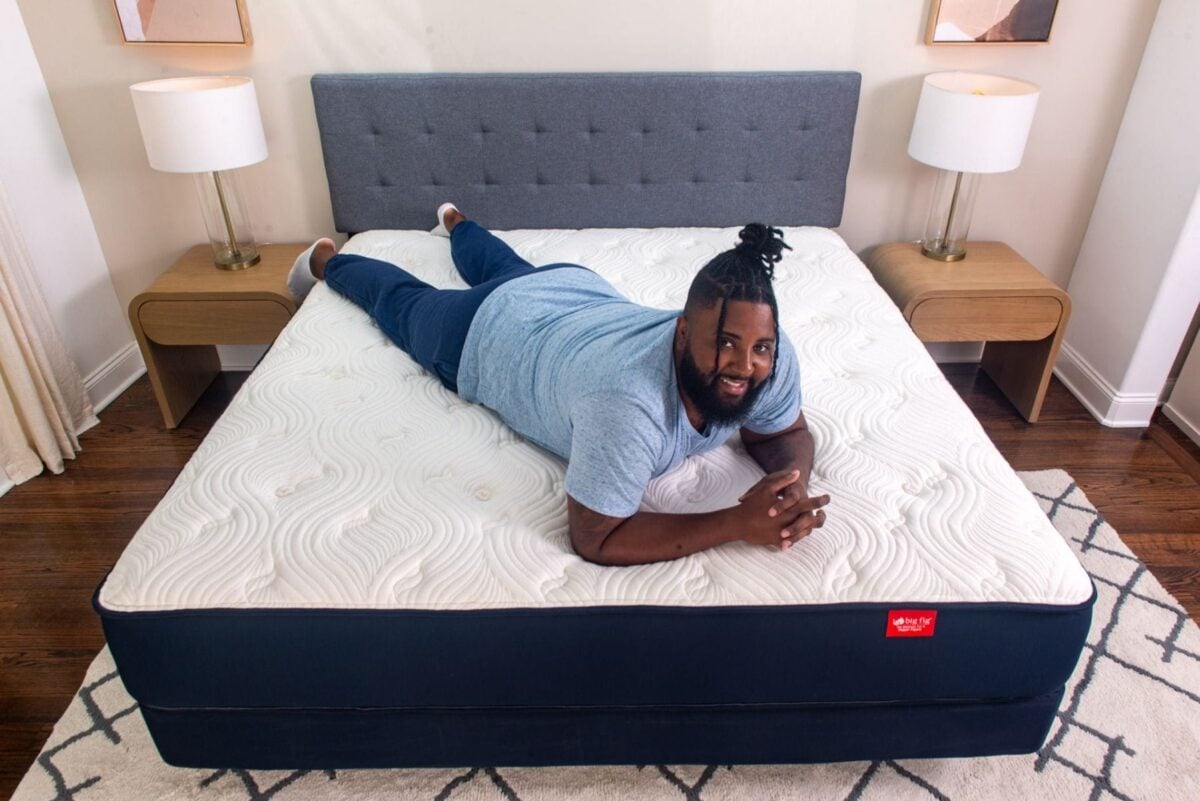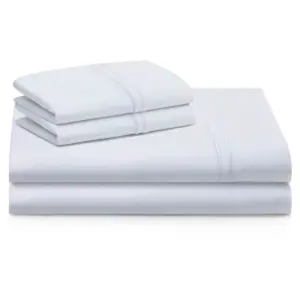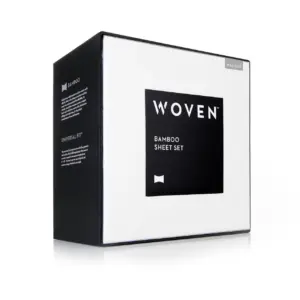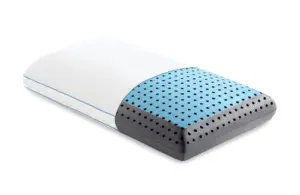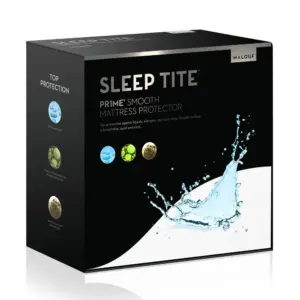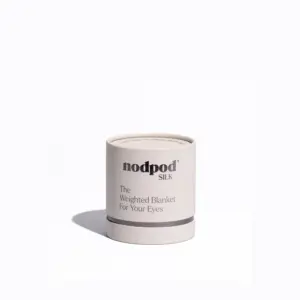In-Depth Guide to Comparing Thermarest Sleeping Pads
Why Thermarest Sleeping Pads Are Essential for Your Outdoor Comfort
When it comes to camping, the quality of your sleep can significantly impact your experience in the great outdoors. A cozy night can mean higher energy levels for the next day’s adventures, while a restless sleep could leave you feeling drained. Thermarest Sleeping Pads are renowned for their comfort, insulation, and durability, making them prime contenders for your camping gear. Whether you’re a seasoned hiker or a casual camper, understanding your options is crucial. Here’s a glimpse into the top picks of 2025 to get you started:
– Best Overall: Therm-a-Rest NeoAir XTherm NXT
– Best for Backpacking: Therm-a-Rest NeoAir XLite NXT
– Best Budget Option: Therm-a-Rest Trail Scout
– Best for Winter Camping: Therm-a-Rest NeoAir XTherm NXT
Understanding Thermarest’s Legacy
Since the 1970s, Thermarest has been breaking ground in outdoor comfort, having introduced the first self-inflating mattress. With a commitment to innovation, they’ve elevated standards in sleeping comfort for outdoor enthusiasts. Their sleeping pads work effectively to trap warmth and prevent heat loss—crucial since the cold ground can draw heat away from your body significantly faster than air can.
My name is Ben Trapskin, and after years of testing various sleep products including Thermarest Sleeping Pads, I’m here to guide you through your choices. These pads stand out by seamlessly blending comfort, portability, and insulation, making them a go-to option for campers, backpackers, and outdoor lovers.
Types of Thermarest Sleeping Pads
Thermarest offers a range of sleeping pads tailored for different requirements. Understanding these categories can help you make an informed decision.
Self-Inflating Pads
Self-inflating pads combine open-cell foam with a fabric seal and a valve system, allowing for easy setup. When you open the valve, the foam expands automatically.
Pros:
– User-Friendly: Effortless inflation, ideal for quick setups.
– Comfortable Base: Foams offer a plush sleeping surface.
– Insulation: Decent protection from cold ground.
Cons:
– Weight: Heavier than air pads, which may not suit long backpacking trips.
– Size: They may not pack down as small as air pads.
Air Pads
Air pads are highly regarded for their lightweight yet comfortable design, often featuring optimal warmth-to-weight ratios.
Pros:
– Packability: Compress into a small size, ideal for backpackers.
– Comfortable: Excellent cushioning on hard surfaces.
Cons:
– Durability Risks: More susceptible to punctures and leaks.
– Manual Inflation: Requires effort to inflate, although pump sacks can help.
Closed-Cell Foam Pads
Closed-cell foam pads are renowned for their durability and affordability. They are reliable and virtually indestructible.
Pros:
– Exceptional Durability: Highly resistant to damage.
– Cost-Effective: Generally cheaper than other pad options.
Cons:
– Comfort Level: Less comfortable than air or self-inflating variants.
– Bulky: Typically requires external storage on your backpack.
NeoAir Series
The NeoAir series exemplifies Thermarest’s acclaimed line of air pads, recognized for their exceptional balance of weight, comfort, and insulation.
Key Models:
– NeoAir XTherm NXT: Ideal for cold-weather backpacking, boasting an R-value of 7.3 while weighing under a pound.
– NeoAir XLite: Perfect for three-season camping, it’s lightweight, with an R-value of 4.5.
Key Features to Consider
When selecting Thermarest Sleeping Pads, focus on four main aspects: comfort, weight, insulation, and durability.
Comfort
Comfort is paramount in enhancing your sleep experience.
– Thickness: Thicker pads typically provide more cushioning, crucial for side sleepers.
– Materials: High-quality materials contribute to a more pleasant sleeping surface.
– Support: Features such as side rails can prevent you from rolling off the pad.
Weight
Minimizing weight is key for backpackers.
– Ultralight Choices: The Therm-a-Rest NeoAir XLite NXT is an excellent lightweight choice, easily portable without compromising comfort.
Insulation
Understanding insulation (measured by R-value) helps you choose the right pad for your environmental conditions.
– R-Value: Higher R-values indicate better insulation. The NeoAir XTherm excels in this area, ideal for colder climates.
– ThermaCapture Technology: Found in models like the NeoAir XTherm, it reflects body heat to keep you warmer without added weight.
Durability
Ensure your pad can withstand rugged outdoor conditions.
– High-Quality Materials: Durable materials resist punctures and wear.
– Warranty: Thermarest offers robust warranties, reflecting the durability of their products.
Top Thermarest Sleeping Pads Reviewed
Thermarest NeoAir XTherm NXT
This pad checks all boxes for ultralight camping while providing unrivaled warmth. The efficient valve system allows for quick inflation and deflation, enhancing user experience.
– Pros: Ultralight, high R-value, effective valve system.
– Cons: Higher price point, narrow profile.
Thermarest NeoAir XLite
Popular among backpackers for its minimal weight and impressive warmth-to-weight ratio, the XLite is designed for versatility.
– Pros: Lightweight, good insulation, quieter than previous models.
– Cons: Slightly noisy, higher price point.
Thermarest MondoKing 3D
If comfort is your priority, the MondoKing 3D is a self-inflating option that stands out for its plush foam interior.
– Pros: Exceptional comfort, easy setup.
– Cons: Bulky and less suitable for backpacking.
Maintaining Your Thermarest Sleeping Pads
Proper use and care will extend the lifespan of your Thermarest sleeping pad.
Inflation and Deflation
1. Self-Inflating Pads: Open the valve to inflate naturally; use breath for desired firmness.
2. Air Pads: Utilize included inflation sacks.
3. Deflation: Roll from the end opposite the valve for maximum air release.
Storage
– Long-Term: Store unrolled and valve open in a cool, dry place.
– Moisture Avoidance: Ensure the pad is dry before storage to prevent mold.
Cleaning
Keep your pads in optimal condition with regular cleaning routines.
– Spot Cleaning: Use mild soap and water for dirty spots.
– Thorough Cleaning: Inflate for deep cleaning, rinse well, and allow to dry completely.
Frequently Asked Questions About Thermarest Sleeping Pads
Are Therm-a-Rest Pads Worth the Money?
Absolutely! Their high-quality materials and thoughtful design justify the price, offering a comfortable sleep that enhances outdoor experiences.
Which Side of Therm-a-Rest Goes Down?
The silver side featuring ThermaCapture™ technology should face up to reflect heat back to you.
Are Therm-a-Rest Pads Self-Inflating?
Some models are self-inflating, making setup easier. For instance, the MondoKing 3D utilizes open-cell foam for automatic inflation.
Conclusion: Your Ultimate Camping Companion Awaits
Choosing the right Thermarest Sleeping Pad is an investment in your camping comfort. From the ultralight NeoAir XTherm NXT to the plush MondoKing 3D, each pad offers unique benefits tailored to various camping styles. Always consider comfort, weight, insulation, and durability when making your choice.
By following the proper usage and maintenance guide, your Thermarest sleeping pad can provide the comfort and support you need for many adventures to come. Whether you’re a seasoned backpacker or a weekend camper, there’s a perfect Thermarest pad waiting to enhance your outdoor experience. Ready to elevate your camping experience? Explore our bedding and duvet options for even more cozy adventures. Happy camping!

